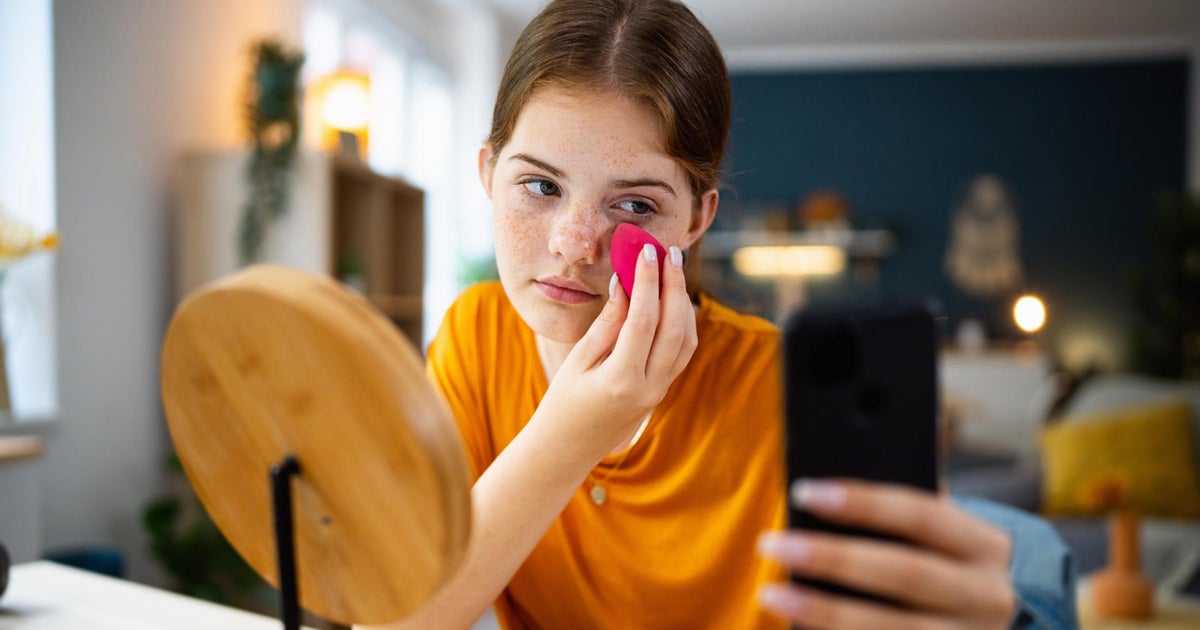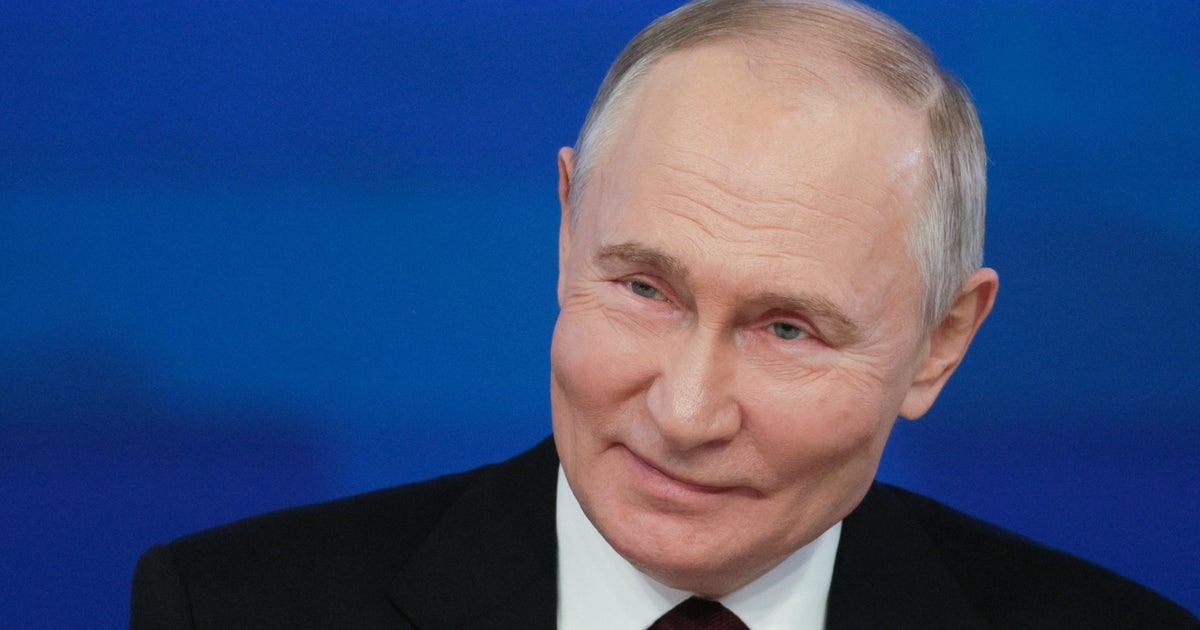Disguises, gadgets and Cold War spying with the CIA's ex-chief of disguise
What makes a good disguise? According to Jonna Mendez, the CIA's former chief of disguise, it's about more than cosmetology.
"It's not just the facial oval. It's all of you," Mendez told CBS News chief Washington correspondent Major Garrett on this week's episode of "The Takeout" podcast. Mendez, who spent more than 25 years at the agency, described how the CIA uses disguise to protect both operatives and assets.
She said a successful disguise has layers, like an onion. When creating a disguise for an officer or asset, Mendez and her colleagues would start at the top — changing the color and style of hair, adding or removing facial hair, adding glasses, changing eye color and altering the person's teeth.
"And then we keep going down," she said. The disguise officers would change the person's entire look, including their mannerisms and behaviors, even their gender or ethnicity.
"Do you have a funny walk? Do you fidget with your hands? When you talk, do you have these little tics that people have? And we adjust all of those," Mendez said. "Pretty soon, the layers of the onion — you have disappeared and this other guy has emerged."
Mendez also discussed her recently released book, "The Moscow Rules," co-written with her late husband, former CIA officer Tony Mendez. The book describes their experiences spying in Moscow during the Cold War. She recalled that "all-encompassing," "suffocating" surveillance meant "there was no safe place to talk" in the Russian capital. The only secure space was a plexiglas room set on blocks in the American Embassy called "The Bubble," where it was impossible to hide a listening device.
Running an intelligence operation in Moscow was so dangerous that intelligence officers couldn't meet face-to-face with their foreign assets. Had they been caught, the assets would have faced summary execution. The perilous environment meant spies had to find ways to clandestinely collect and transmit intelligence from a distance.
Mendez described multifunctional gadgets known as "active concealments," such as lipsticks and pens that doubled as cameras for covertly photographing documents. She said they were "one of the best tools we had, one of the most significant tools in the Cold War."
Mendez also touched on President Trump's strained relationship with the intelligence community in the wake of the investigation into Russian interference in the 2016 election. She said she believes the president "set the wrong tone" when he visited the CIA on the first day of his presidency and used a speech in front of the Memorial Wall commemorating the agency's fallen officers to discuss his inauguration crowd size.
"I think the intelligence community got a heads up that day, if they didn't know it already, that this was not going to be their ... president," Mendez said.
She argued, however, that for the day-to-day operations at the CIA, "it doesn't really matter who is the president. It never has. The work continues to be done, the collection continues to be done. The programs and the targets that we're collecting against are not set by the president. They are set at lower levels, and they are unanimous."
Despite this, Mendez expressed her concern that Mr. Trump is not just ignoring intelligence assessments, but actively choosing not to read or evaluate the collected information.
"Where this is going is scaring me to death," she told Garrett. Mendez added that the departure of career intelligence officials like former CIA Director John Brennan and former Director of National Intelligence Dan Coats, as well as cuts at the FBI, "does not bode well ... I'm very concerned."
For more of Major's conversation with Jonna Mendez, download "The Takeout" podcast on Apple Podcasts, Google Play, Stitcher or Spotify. New episodes are available every Friday morning. Also, you can watch "The Takeout" on CBSN Friday at 5 p.m., 9 p.m. and 12 a.m. ET, and Saturday at 1 p.m., 9 p.m. and 12 a.m. ET. For a full archive of "The Takeout" episodes, visit www.takeoutpodcast.com. And you can listen to "The Takeout" on select CBS News Radio affiliates (check your local listings).
Producers: Arden Farhi, Katiana Krawchenko, Jamie Benson and Sara Cook
CBSN Production: Alex Zuckerman, Eric Soussanin and Grace Segers
Show email: TakeoutPodcast@cbsnews.com
Twitter: @TakeoutPodcast
Instagram: @TakeoutPodcast
Facebook: Facebook.com/TakeoutPodcast



